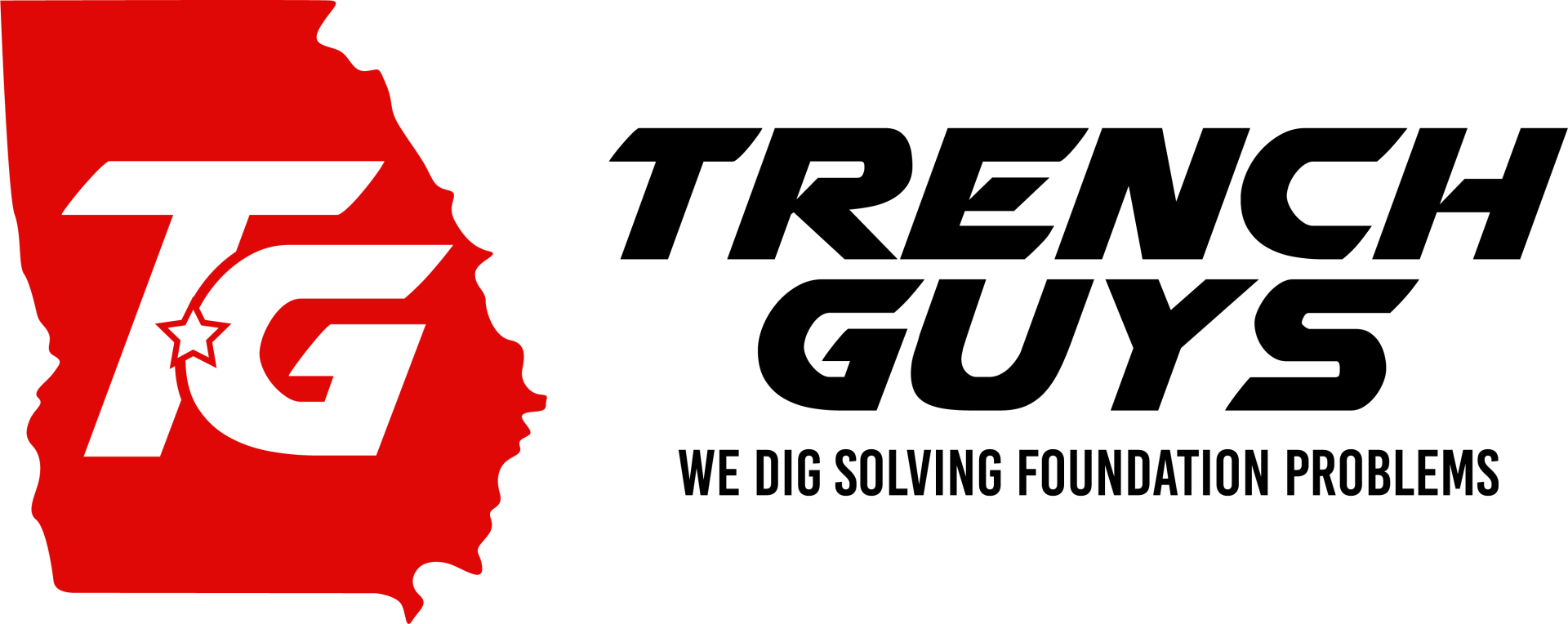Climate change is no longer a distant concern—it is a pressing reality that affects every aspect of our lives, including the safety and stability of our homes and buildings. As global temperatures rise, weather patterns shift, and extreme weather events become more frequent, the structures we rely on are increasingly at risk. Homes and buildings are facing new challenges, from heightened flood risks and intense storms to prolonged heatwaves and droughts. These environmental changes can compromise structural integrity, indoor air quality, and overall livability.
The implications of climate change for the built environment are profound. Increased moisture and flooding can lead to foundation damage, mold growth, and wood rot. Extreme temperatures strain HVAC systems, escalate energy costs, and affect insulation efficiency. Insect infestations and pest problems may also rise as pests seek shelter from changing outdoor conditions. Homeowners and builders must now consider resilience and sustainability in construction and maintenance practices to protect properties against these evolving threats.
In this blog, we will explore how climate change is impacting homes and buildings, and what proactive measures can be taken to mitigate these effects. Understanding these challenges is crucial for ensuring that our living spaces remain safe, durable, and comfortable in the face of a changing climate.
Understanding Climate Change and Its Effects
Climate change is a complex and multifaceted phenomenon that has far-reaching implications for the built environment. To mitigate its impact, it is essential to understand the key factors driving climate change and how these factors specifically affect homes and buildings.
Key Climate Change Factors
Rising Global Temperatures
- Heatwaves: The global rise in temperatures leads to more frequent and intense heatwaves. These prolonged periods of extreme heat can stress building materials, causing them to degrade faster.
- Energy Demand: Higher temperatures increase the demand for cooling, putting a strain on HVAC systems and driving up energy consumption and costs.
Increased Frequency and Intensity of Extreme Weather Events
- Storms and Hurricanes: Climate change is associated with more powerful storms and hurricanes, which can cause significant damage to buildings through high winds, heavy rainfall, and storm surges.
- Wildfires: Regions prone to wildfires are experiencing longer and more intense fire seasons, posing a severe risk to homes and buildings situated near vulnerable areas.
Changes in Precipitation Patterns
- Irregular Rainfall: Climate change leads to more irregular precipitation patterns, with some areas experiencing excessive rainfall and others facing prolonged droughts.
- Snow and Ice: Changes in snowfall and ice patterns can affect building structures, especially in regions where heavy snowfall and ice accumulation are common.
General Impact on Buildings
Thermal Expansion and Contraction of Building Materials
- Material Stress: Buildings are constructed from various materials, including wood, metal, and concrete, all of which expand and contract with temperature fluctuations. This thermal movement can lead to cracks, gaps, and structural weaknesses over time.
- Maintenance Challenges: Frequent thermal expansion and contraction increase the need for maintenance and repairs to address issues such as cracked walls, warped doors, and windows.
Increased Moisture Levels and Humidity
- Moisture Infiltration: Higher humidity and increased rainfall can lead to greater moisture infiltration into buildings. This moisture can cause a range of problems, including mold growth, wood rot, and corrosion of metal components.
- Indoor Air Quality: Increased indoor humidity levels can deteriorate air quality, contributing to health issues such as allergies and respiratory problems.
Greater Risk of Flooding and Water Damage
- Flood Risk: The increased frequency of heavy rain and storm surges raises the risk of flooding, particularly in low-lying and coastal areas. Floodwaters can severely damage building foundations, walls, and interiors.
- Water Damage: Even minor flooding can lead to significant water damage, promoting mold growth, weakening structural components, and requiring extensive and costly repairs.
Specific Impacts on Crawl Space Structures
Crawl space structures are particularly vulnerable to the effects of climate change. Understanding these specific impacts can help homeowners take proactive measures to protect and maintain their crawl spaces.
Temperature Fluctuations
Effects of Extreme Heat and Cold on Structural Materials
- Material Stress: Extreme temperatures, both hot and cold, can cause significant stress on structural materials such as wood, concrete, and metal. These materials can expand in the heat and contract in the cold, leading to deterioration over time.
- Thermal Movement: The constant expansion and contraction can create gaps, cracks, and instability in the crawl space structure. This thermal movement can compromise the integrity of the foundation and supporting beams.
Expansion and Contraction Leading to Cracks and Instability
- Foundation Cracks: Repeated cycles of expansion and contraction can cause cracks in the foundation walls and floor slabs. These cracks can worsen over time, leading to serious structural issues.
- Instability: Structural instability can arise from the shifting and settling caused by temperature fluctuations. This can result in uneven floors, misaligned doors, and windows, and other noticeable problems.
Increased Energy Costs for Heating and Cooling
- Energy Efficiency: Maintaining a consistent temperature in the crawl space is crucial for overall energy efficiency. Temperature fluctuations can increase the workload on HVAC systems, leading to higher energy consumption and costs.
- Insulation Needs: Proper insulation can mitigate some of the effects of temperature fluctuations, helping to maintain a stable temperature and reduce energy costs.
Increased Precipitation and Flooding
Higher Water Tables and Groundwater Intrusion
- Rising Water Tables: Increased precipitation can raise the water table, leading to a higher risk of groundwater intrusion into crawl spaces. This can result in persistent dampness and water pooling.
- Waterproofing: Effective waterproofing measures, such as sump pumps and vapor barriers, are essential to prevent groundwater from infiltrating the crawl space.
Flooding Leading to Structural Damage and Mold Growth
- Flood Risk: Heavy rainfall and storm surges can cause flooding in crawl spaces. Floodwaters can damage structural components, leading to wood rot, corrosion, and weakened supports.
- Mold and Mildew: Flooding creates an ideal environment for mold and mildew growth, which can spread quickly and affect indoor air quality and health.
Erosion and Soil Movement Affecting Foundation Stability
- Soil Erosion: Increased rainfall can lead to soil erosion around the foundation, undermining its stability. Erosion can cause foundation settling and cracks, compromising the entire structure.
- Soil Stabilization: Implementing soil stabilization techniques and ensuring proper drainage around the foundation can help mitigate the effects of erosion.
Drought and Soil Shrinkage
Soil Desiccation Causing Foundation Settling and Cracks
- Soil Drying: Drought conditions can cause soil to dry out and shrink, leading to foundation settling and cracks. This settling can create gaps and instability in the crawl space structure.
- Foundation Monitoring: Regular monitoring and maintenance of the foundation can help identify early signs of settling and prevent major damage.
Impact of Dry Conditions on Wooden Structures
- Wood Shrinkage: Dry conditions can cause wooden structures to shrink and crack, weakening their support capacity. This can lead to structural failures if not addressed promptly.
- Moisture Management: Maintaining adequate moisture levels through irrigation and moisture management systems can help protect wooden structures from the effects of drought.
Increased Need for Irrigation and Moisture Management
- Irrigation Systems: Installing irrigation systems can help maintain soil moisture levels during dry periods, preventing soil shrinkage and foundation settling.
- Moisture Barriers: Using moisture barriers and proper insulation can help manage indoor humidity levels, protecting the crawl space from the effects of dry conditions.
Freeze-Thaw Cycles
Repeated Freezing and Thawing Weakening Materials
- Material Fatigue: Freeze-thaw cycles cause repeated expansion and contraction of materials, leading to fatigue and weakening over time. This can affect the durability of concrete, brick, and other structural components.
- Protective Measures: Applying protective coatings and ensuring proper drainage can help minimize the impact of freeze-thaw cycles on structural materials.
Ice Formation Causing Expansion and Structural Stress
- Ice Damage: Water that seeps into cracks and freezes can expand, causing further cracking and structural stress. This process can lead to significant damage if not managed properly.
- Drainage Solutions: Effective drainage solutions, such as sloping soil away from the foundation and installing proper gutters and downspouts, can help prevent ice formation in the crawl space.
Increased Maintenance Requirements During Winter Months
- Regular Inspections: Conducting regular inspections during winter months can help identify and address issues caused by freeze-thaw cycles. Early detection and repair can prevent more extensive damage.
- Maintenance Plans: Implementing a comprehensive maintenance plan that includes winter-specific measures can help protect the crawl space from seasonal damage.
Case Studies and Real-Life Examples
Exploring real-life examples of how climate change affects crawl spaces provides valuable insights into the challenges homeowners face and the strategies that have proven effective in mitigating these impacts.
Effects of Climate Change on Crawl Spaces
Examples from Different Regions Experiencing Various Climate Impacts
- Coastal Areas: In coastal regions, rising sea levels and increased frequency of hurricanes have led to severe flooding in crawl spaces. For instance, homes along the Gulf Coast have experienced significant water damage during hurricane seasons, with storm surges infiltrating crawl spaces and causing structural issues.
- Arid Regions: In areas like the Southwest United States, prolonged drought conditions have caused soil shrinkage and foundation settling. Homes in these regions often face cracks in foundations and walls due to the desiccation of soil.
- Northern Climates: In colder regions, such as the Northeast, freeze-thaw cycles have caused repeated expansion and contraction of crawl space materials, leading to structural fatigue and damage. Homeowners report increased maintenance needs to address cracks and gaps caused by freezing water.
- Tropical Climates: In tropical regions, such as Florida, high humidity levels and heavy rainfall have led to persistent moisture problems in crawl spaces. This has resulted in mold growth and wood rot, affecting the air quality and structural integrity of homes.
Data on Frequency and Severity of Damage Over Recent Years
- Rising Incidents: Data from various regions indicate a significant increase in the frequency and severity of crawl space damage linked to climate change. For example, FEMA reports a notable rise in flood-related insurance claims from homeowners in coastal areas over the past decade.
- Economic Impact: The economic impact of these damages is substantial. A study by the National Institute of Building Sciences highlights that every dollar spent on mitigating climate-related damage can save several dollars in repair costs.
- Health Concerns: Health data also show a rise in respiratory issues linked to mold and poor air quality in homes with crawl space moisture problems. The CDC has reported an uptick in mold-related health complaints in areas with high humidity and frequent flooding.
Lessons Learned from Impacted Areas
Adaptation Strategies That Have Been Effective
- Elevating Foundations: In flood-prone areas, elevating the foundations of homes has proven to be an effective strategy. By raising the living space above potential flood levels, homeowners can protect their crawl spaces from water intrusion.
- Enhanced Insulation and Sealing: In regions with extreme temperature fluctuations, enhanced insulation and sealing techniques have helped maintain stable temperatures and prevent structural damage. Spray foam insulation, for example, has been particularly effective in sealing gaps and providing moisture resistance.
- Drainage Improvements: Installing comprehensive drainage systems, such as French drains and sump pumps, has been crucial in managing excess water and preventing moisture buildup. These systems help redirect water away from the foundation, keeping crawl spaces dry.
- Moisture Barriers and Dehumidifiers: Using moisture barriers on the ground and walls of crawl spaces, coupled with dehumidifiers, has helped maintain lower humidity levels and prevent mold growth in tropical and humid climates.
Key Takeaways for Homeowners and Builders
- Proactive Measures: Homeowners should take proactive measures to protect their crawl spaces, such as installing moisture barriers, enhancing insulation, and ensuring proper drainage. Regular inspections and maintenance can prevent minor issues from becoming major problems.
- Regional Adaptation: Builders and homeowners should consider regional climate impacts when designing and maintaining crawl spaces. Tailoring strategies to address specific environmental challenges can significantly improve the resilience of homes.
- Long-Term Planning: Investing in long-term solutions, such as elevating foundations and installing advanced drainage systems, can save homeowners money and stress in the long run. These adaptations not only protect the structural integrity of homes but also enhance their overall value.
- Collaborative Efforts: Collaboration between homeowners, builders, and local authorities is essential for developing effective climate adaptation strategies. Sharing knowledge and resources can lead to better outcomes and more resilient communities.
Mitigation Strategies for Protecting Crawl Spaces
Protecting crawl spaces from the adverse effects of climate change requires a combination of effective mitigation strategies. These strategies help regulate temperature and moisture, improve drainage, stabilize soil, and use resilient materials to ensure long-term stability and durability.
Improved Insulation and Sealing
Insulating Crawl Spaces to Regulate Temperature and Moisture
- Thermal Protection: Insulating the walls and floors of crawl spaces helps maintain a stable temperature, reducing the strain on heating and cooling systems. This not only enhances energy efficiency but also prevents extreme temperature fluctuations that can damage structural materials.
- Moisture Control: Proper insulation reduces the likelihood of condensation and moisture buildup, which can lead to mold growth and wood rot. Using moisture-resistant insulation materials, such as closed-cell spray foam, provides an added layer of protection against humidity.
Sealing Cracks and Gaps to Prevent Water and Air Infiltration
- Air Sealing: Identifying and sealing gaps, cracks, and openings in the crawl space prevents air infiltration, which can lead to drafts and inconsistent indoor temperatures. Weatherstripping and caulking are effective solutions for sealing these openings.
- Waterproofing: Applying sealants and waterproof membranes to walls and floors helps prevent water intrusion. This is particularly important in areas prone to heavy rainfall and flooding. Ensuring all seals are properly maintained and inspected regularly can prevent water damage and maintain a dry environment.
Advanced Drainage Solutions
Installing Perimeter Drains and Sump Pumps
- Perimeter Drains: Installing perimeter drains around the crawl space foundation helps direct water away from the structure, preventing water accumulation and reducing the risk of flooding. These drains capture and channel water to a safe discharge point away from the foundation.
- Sump Pumps: In areas with high groundwater levels or frequent flooding, sump pumps are essential. These pumps collect water that enters the crawl space and pump it out to prevent water buildup. Regular maintenance and testing of sump pumps ensure they function properly when needed.
Enhancing Surface Drainage with Proper Grading and Gutters
- Proper Grading: Ensuring that the ground around the foundation slopes away from the home helps direct surface water away, preventing it from seeping into the crawl space. A slope of at least 6 inches over the first 10 feet from the foundation is recommended.
- Gutters and Downspouts: Installing and maintaining gutters and downspouts effectively channels roof runoff away from the foundation. Extending downspouts several feet from the home further prevents water from pooling near the foundation and seeping into the crawl space.
Soil Stabilization Techniques
Using Soil Amendments to Improve Stability and Moisture Retention
- Soil Amendments: Adding soil amendments, such as organic matter or clay, can improve soil structure and moisture retention. This helps prevent soil shrinkage and expansion, which can cause foundation settling and cracking.
- Moisture Management: Implementing moisture management practices, such as mulching and irrigation, helps maintain consistent soil moisture levels. This prevents soil from becoming too dry or too wet, both of which can affect foundation stability.
Implementing Foundation Supports and Piers for Added Stability
- Foundation Supports: Installing foundation supports, such as helical piers or push piers, can provide additional stability to homes built on unstable soil. These supports help transfer the load of the structure to more stable soil layers, preventing settling and movement.
- Soil Reinforcement: Techniques such as soil nailing and geogrids can reinforce the soil around the foundation, providing additional support and preventing erosion. These methods are particularly useful in areas with loose or sandy soil.
Climate-Resilient Materials
Selecting Materials Designed to Withstand Extreme Weather Conditions
- Resilient Materials: Choosing materials that are designed to withstand extreme weather conditions is crucial for long-term durability. Materials such as fiber-reinforced polymers and advanced composites offer superior strength and resistance to environmental stressors.
- Moisture-Resistant Products: Using moisture-resistant materials, such as treated wood and waterproof membranes, helps protect the crawl space from humidity and water damage.
Using Treated Wood and Corrosion-Resistant Metals
- Treated Wood: Pressure-treated wood is treated with preservatives to resist moisture, pests, and decay. This makes it an ideal choice for structural components in crawl spaces exposed to damp conditions.
- Corrosion-Resistant Metals: Using metals that are resistant to corrosion, such as stainless steel or galvanized steel, ensures that structural supports and fasteners remain durable and strong, even in humid or wet environments.
Preventive Measures for Homeowners
Taking proactive steps to protect your home from the impacts of climate change is essential for maintaining its structural integrity and ensuring a safe living environment. Here are some preventive measures homeowners can implement.
Regular Inspections and Maintenance
Scheduling Seasonal Inspections to Identify Early Signs of Damage
- Seasonal Checks: Conduct thorough inspections of your home and crawl space at the start of each season. Look for signs of damage such as cracks in the foundation, moisture buildup, mold, and pest activity. Early detection of these issues can prevent them from escalating into major problems.
- Professional Inspections: Consider hiring a professional inspector annually to assess the condition of your crawl space and other critical areas. Professionals can identify potential issues that might be missed during a DIY inspection.
Conducting Routine Maintenance to Address Minor Issues
- Minor Repairs: Address minor issues such as sealing small cracks, repairing damaged insulation, and fixing leaks promptly. Regular maintenance helps prevent these small problems from developing into more significant concerns.
- Maintenance Schedule: Establish a routine maintenance schedule that includes checking seals around vents and entry points, testing sump pumps, cleaning gutters, and ensuring proper drainage.
Landscaping and Water Management
Maintaining Proper Grading Around the Foundation
- Soil Grading: Ensure that the soil around your home slopes away from the foundation. This helps direct water away from the house, reducing the risk of water pooling near the foundation and seeping into the crawl space. Aim for a slope of at least six inches over the first ten feet.
- Regular Adjustments: Over time, soil can settle and change. Regularly check and adjust the grading to maintain the proper slope and ensure effective water diversion.
Installing and Maintaining Effective Gutter Systems
- Gutter Installation: Install gutters and downspouts to channel rainwater away from the foundation. Ensure that downspouts extend several feet away from the house to prevent water from accumulating near the foundation.
- Gutter Maintenance: Regularly clean gutters and downspouts to prevent clogs and ensure they function correctly. Remove leaves, debris, and other obstructions that can impede water flow.
Planning for Climate Change
Incorporating Climate Change Projections into Home Maintenance Plans
- Risk Assessment: Understand how climate change projections, such as increased rainfall, rising temperatures, and more frequent extreme weather events, can impact your home. Use this information to assess potential risks and vulnerabilities in your home’s structure and systems.
- Long-Term Planning: Develop a long-term maintenance plan that incorporates climate change projections. This plan should include strategies for enhancing insulation, improving drainage, and selecting climate-resilient materials to mitigate potential impacts.
Consulting with Experts for Personalized Advice and Solutions
- Professional Consultation: Seek advice from experts, such as structural engineers, climate specialists, and home inspectors, to get personalized recommendations for your home. These professionals can provide insights into the specific risks your home faces and suggest tailored solutions.
- Educational Resources: Stay informed about the latest research and recommendations on climate resilience by attending workshops, reading industry publications, and participating in online forums.
FAQs
Contact Trench Guys Today!
Trench Guys will do everything we can to ensure your experience with us is excellent.
Request A FREE Estimate
Request a Free Estimate Form
Checkout Recent Post
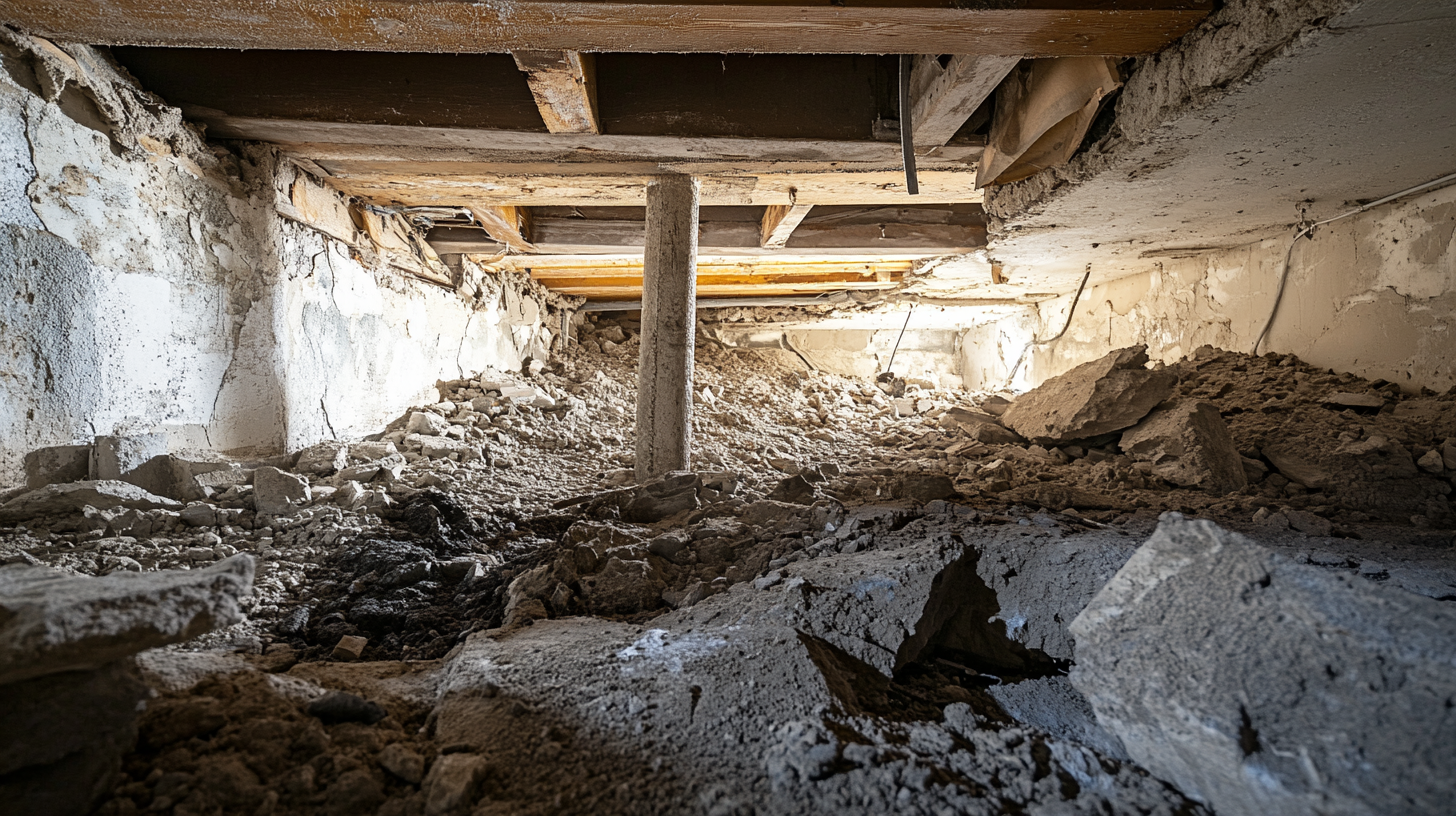

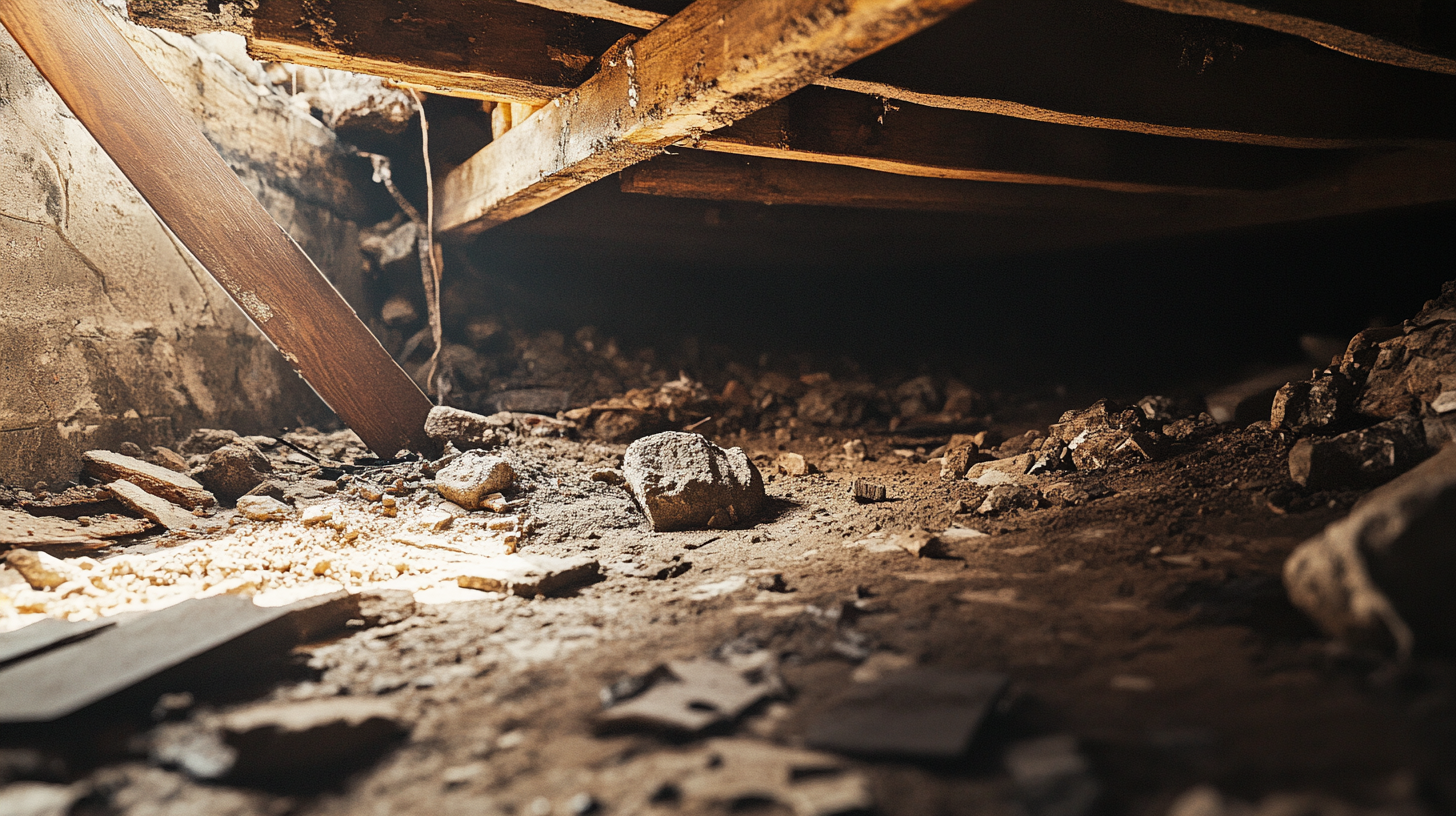
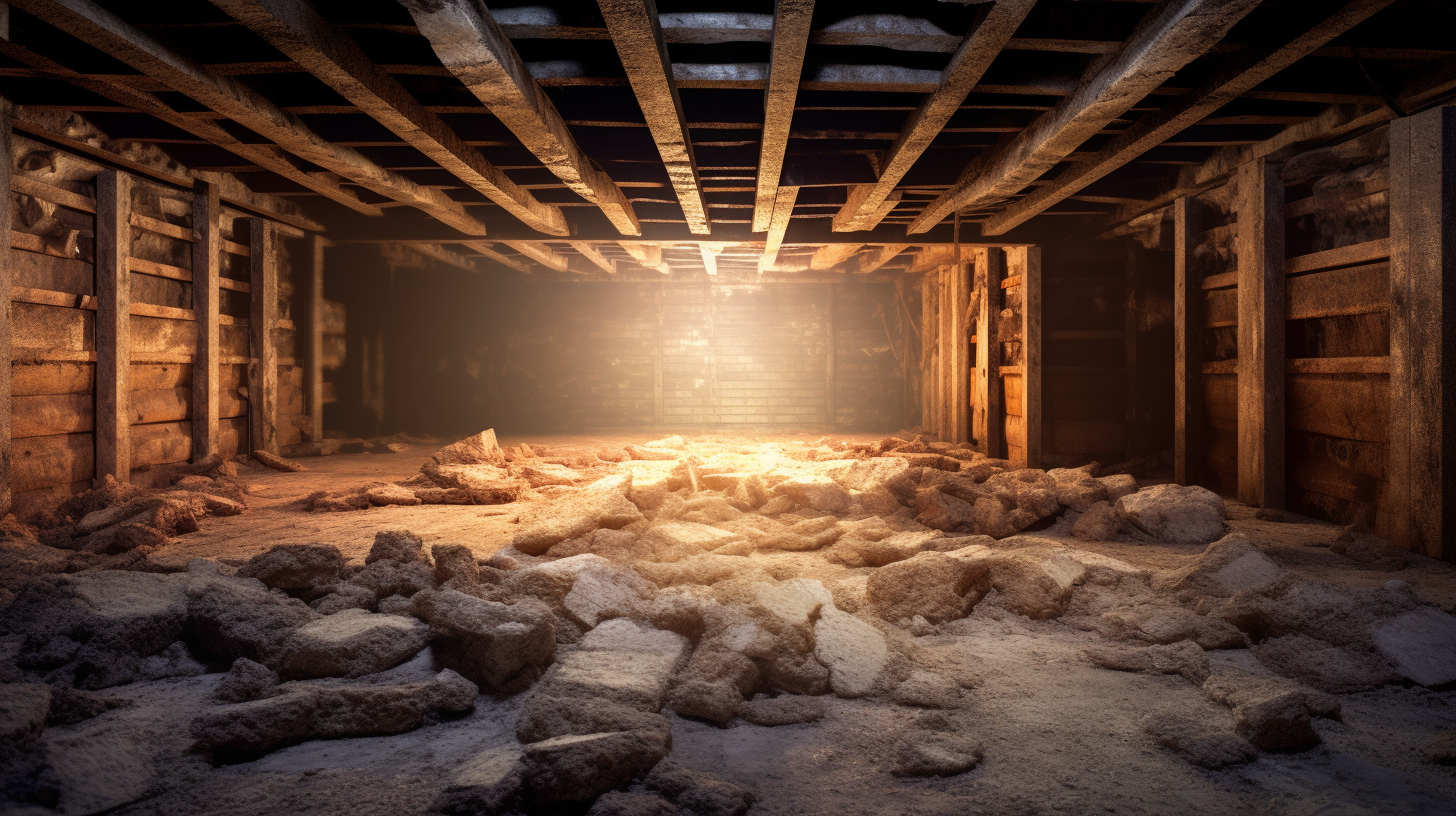
Got a Question? We’re Here to Help.
You can arrange an appointment or make an enquiry by phone or email, orget in touch to us via our contact form.
